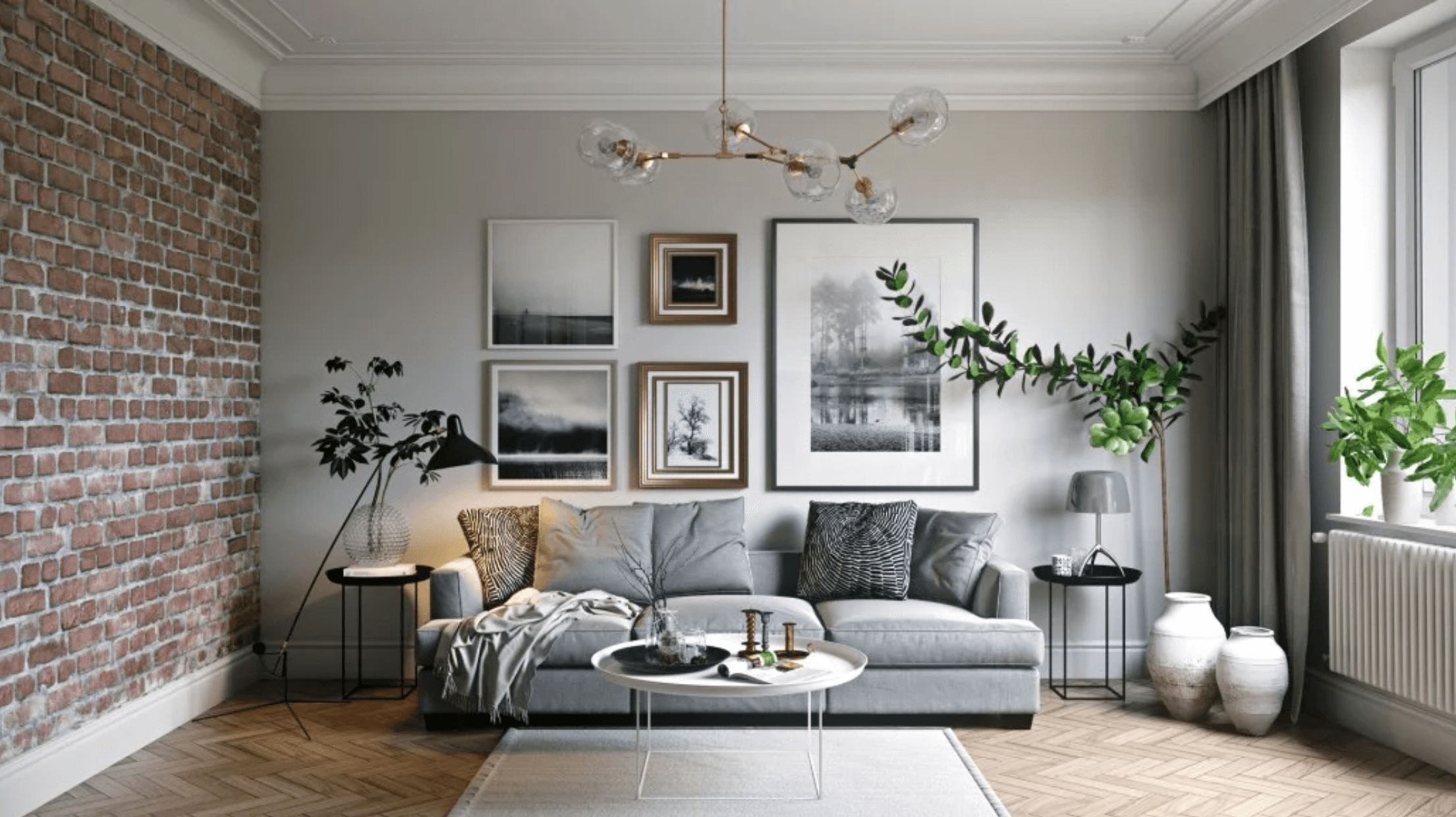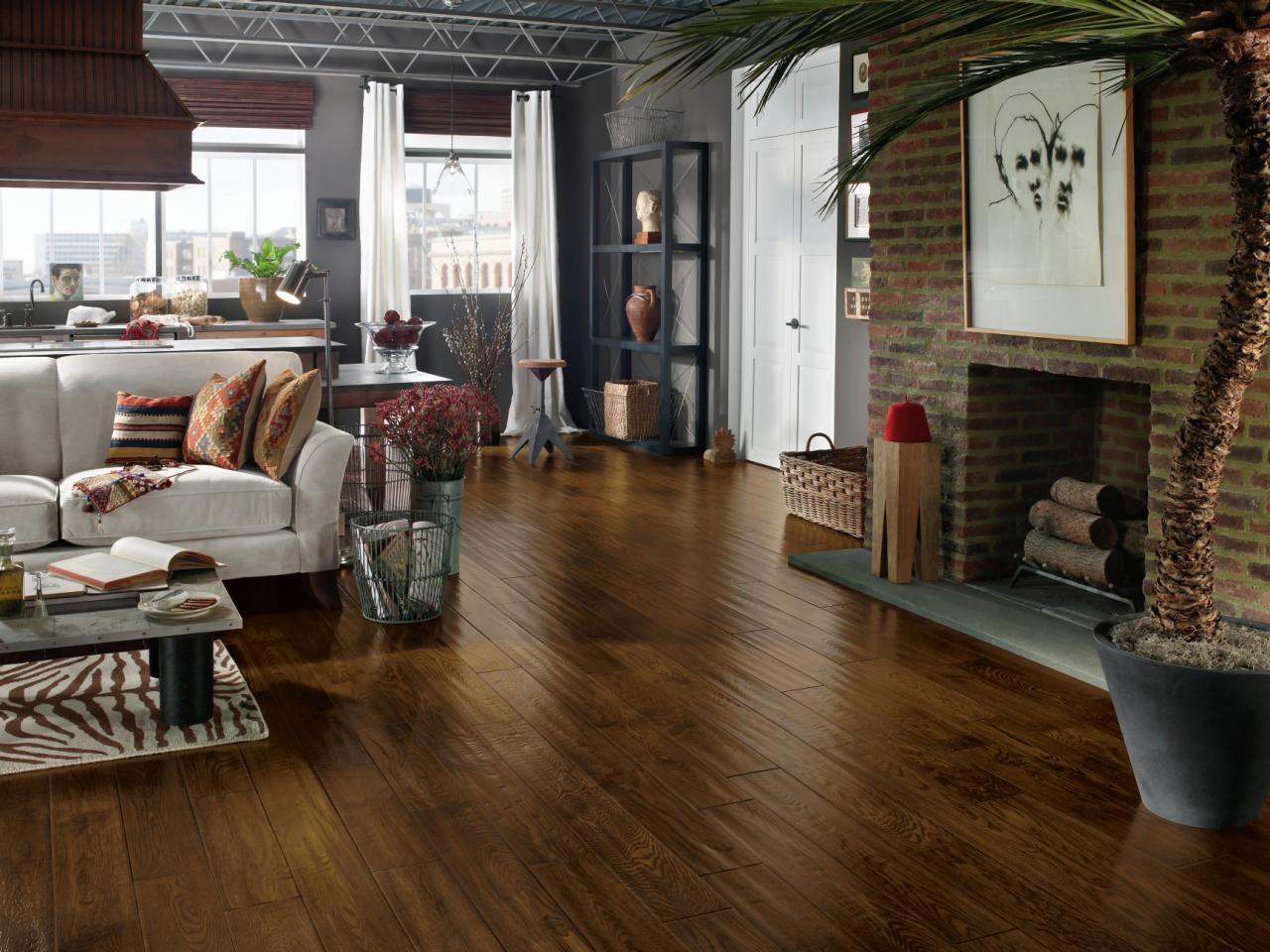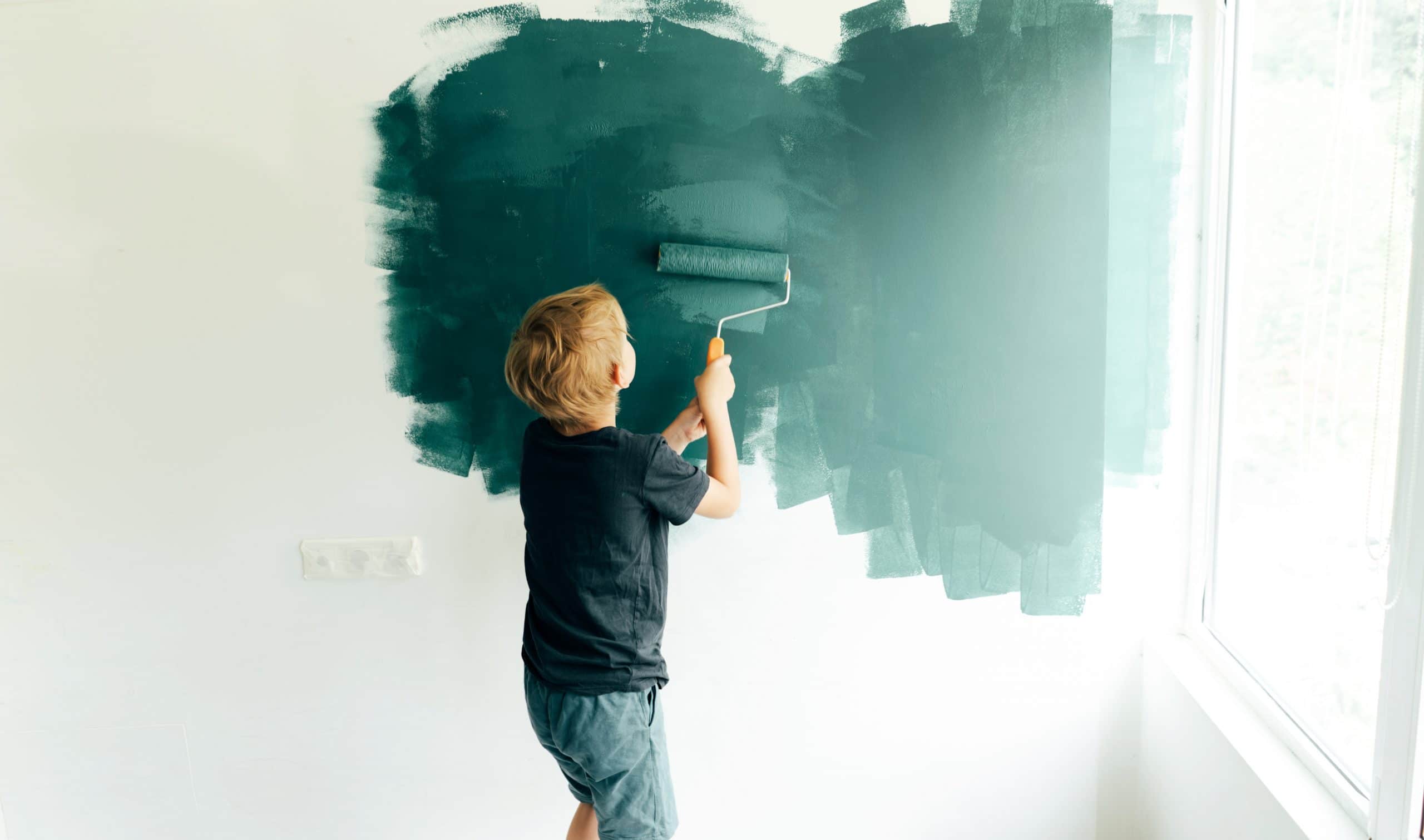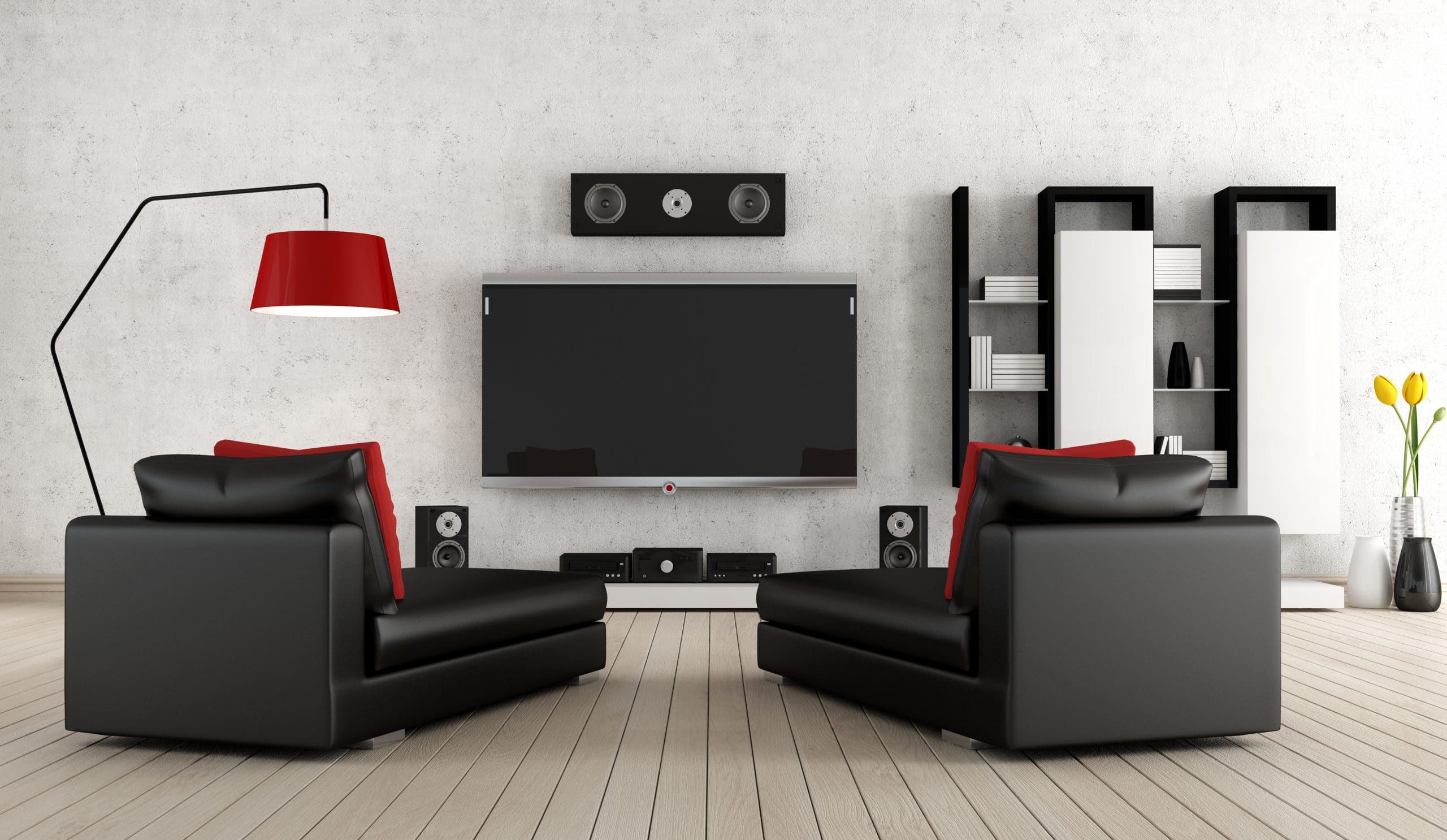Interior decorating is the art of enhancing the interior of a building, such as a house, office, or any other space, to make it more aesthetically pleasing and functional. It involves using furniture, accessories, color, and lighting to transform an ordinary space into a beautiful and comfortable one. Interior decorating is a field that has been in existence for many years, and it has evolved over time to incorporate modern design styles and techniques. This article will discuss various aspects of interior decorating, including the importance of interior decorating, different styles of interior decorating, and tips for decorating your home.
Importance of Interior Decorating
Interior decorating plays an essential role in our lives as it directly impacts our mental and emotional well-being. A well-decorated interior can create a sense of comfort and relaxation, which is vital for reducing stress and anxiety. Additionally, interior decorating can enhance a space’s functionality, making it more practical and comfortable for its intended use. For instance, a well-decorated living room can be ideal for family gatherings and entertainment.
Different Styles of Interior Decorating
Various styles of interior decorating are popular among homeowners and interior designers. These styles include:
- Modern Style: This style is characterized by clean lines, minimalism, and simplicity. Modern interior decorating often features neutral colors, such as white, gray, and black, and incorporates materials like metal, glass, and concrete.
- Traditional Style: The ageless elegance of a traditionally decorated home is well-known. This style often incorporates warm colors like red, yellow, and orange and features ornate furniture, such as wingback chairs and clawfoot tables.
- Rustic Style: Rustic interior decorating is inspired by nature and often features wood, stone, and other natural materials. This style often incorporates warm colors like brown and green and features rustic furniture like log beds and wooden tables.
- Contemporary Style: Contemporary interior decorating is characterized by its sleek and modern design. This style often features neutral colors, such as white and gray, and incorporates materials like glass and metal. Contemporary furniture often has clean lines and a minimalist design.
- Industrial Style: The industrial interior decorating style is inspired by factories and warehouses. This style often features exposed brick walls, concrete floors, and metal accents. Industrial furniture often features a raw, unfinished look.
Tips for Decorating Your Home
To help you get started on your interior design project, here are some ideas:
- Choose a color scheme: Pick out a color palette: The first step is to settle on a color scheme that speaks to who you are. Consider using a neutral base color and incorporating pops of color throughout the room.
- Invest in quality furniture: Invest in high-quality functional and aesthetically pleasing furniture. Look for pieces that are durable and will last for many years.
- Use lighting to enhance the ambiance: Lighting can play a significant role in creating the ambiance of a room. To make a room bright and pleasant to spend time in, you should think about incorporating ambient, task, and accent lighting.
- Add texture: Texture can add depth and interest to a room. Consider incorporating textured fabrics, such as wool, silk, or velvet, and using textured wall coverings, such as wallpaper or wainscoting.
- Mix and match patterns: When different patterns are used, the result is a room that is both lively and visually appealing. Consider using a combination of stripes, florals, and geometric patterns.
The Role of Color in Interior Decorating
When it comes to designing a room, color is crucial. It has the power to transform the atmosphere of a space. Think about the feeling you want to evoke while choosing paint colors. The use of warm colors like red, orange, and yellow makes a space feel welcoming and comfortable, while the use of cool colors like blue and green makes it feel peaceful and restful. Neutral colors like white, gray, and beige can provide a blank canvas for other elements in the room, such as furniture and accessories.
When selecting colors for your space, it is important to consider how they will work together. You can use the color wheel as a guide to creating a color scheme that is harmonious and pleasing to the eye. Color complements are those that sit directly across from one another on the color wheel. Analogous hues are next to each other on the color wheel and can create a more subtle and harmonious aesthetic than complementary colors, which are opposite each other on the wheel.
Using Textures in Interior Decorating
Including a variety of textures in a space helps create visual variety and depth. Consider incorporating different textures into your space, such as a shaggy rug, a textured wallpaper, or a nubby fabric on a sofa or chair. Textured items can help break up a space and provide visual interest. They can also provide tactile sensations, such as the softness of a plush carpet or the roughness of a stone accent wall.
When using textures in your space, it is important to consider balance. Too much texture can be overwhelming, while too little can make a room feel flat and uninviting. Consider using a variety of textures in different areas of the room to create a balanced and visually interesting space.
The Importance of Lighting in Interior Decorating
Lighting is an important aspect of interior decorating. It can impact the mood and functionality of a room. To make a room bright and pleasant to spend time in, you should think about incorporating ambient, task, and accent lighting.
Overhead lights or wall sconces are examples of ambient lighting which illuminates a room or space generally. To illuminate a specific activity, like reading or cooking, task lighting is directed light. Desk lamps, table lamps, and even lighting installed behind cabinets are all suitable options. Accent lighting is used to highlight decorative pieces or architectural details in a room. Spotlights or a track lighting system can be used for this purpose.
When selecting lighting for your space, consider the purpose of the room and the activities that will take place. For instance, a bedroom may require soft, ambient lighting for relaxation, while a home office may require bright task lighting for work. Additionally, consider the placement of lighting fixtures to ensure that they are providing adequate light and are not causing glare or shadows.
Using Artwork in Interior Decorating
Artwork can add personality and character to a space. Consider incorporating artwork into your space that reflects your personal style and interests. Artwork can be displayed in a variety of ways, such as on walls, shelves, or tabletops.
When selecting artwork for your space, consider the size and scale of the piece. A large, bold piece of artwork can make a statement in a room, while a small, subtle piece can add a touch of elegance. Additionally, consider the placement of the artwork to ensure that it provides visual interest and balance to the room.
Incorporating Plants in Interior Decorating
Plants can add life and energy to a space. They can also provide numerous benefits, such as improving air quality and reducing stress. Consider incorporating plants into your space, such as a potted plant on a tabletop or a hanging plant in a corner.
When selecting plants for your space, consider the light and temperature requirements of the plant. Some plants require more sunlight and warmth than others, while others can thrive in low light and cooler conditions. Think about the plant’s size and shape in relation to the other decor in the room.
Choosing Furniture for Your Space
Furniture is an important aspect of interior decorating. It can impact the functionality and style of a space. When selecting furniture for your space, consider the purpose of the room and the needs of the individuals who will be using it. For instance, a living room may require comfortable seating for relaxation and entertainment, while a dining room may require a table and chairs for meals.
Think about how the piece will fit into the room and how big it has to be. In the same way that a little accent chair in a huge room would look out of place, a large sofa in a small room would do the same. Think about how the furniture’s style, color scheme, and finish will complement the rest of the room.
Creating a Focal Point in Your Space
A focal point is a prominent feature in a room that draws the eye and anchors the space. It can be a fireplace, a piece of artwork, or a statement piece of furniture. Creating a focal point in your space can help provide visual interest and a sense of balance.
When creating a focal point, consider the size and scale of the feature and how it will impact the room’s flow. Additionally, consider the placement of the feature to ensure that it provides the desired effect.
Incorporating Storage in Your Space
Storage is an important aspect of interior decorating. It can help keep a space organized and functional. Consider incorporating storage into your space through built-in shelving, bookcases, or storage ottomans.
When incorporating storage, consider the amount of storage needed and how it will impact the room’s overall aesthetic. Additionally, consider the storage placement to ensure that it provides the desired functionality without causing clutter.
Embracing Minimalism in Interior Decorating
The minimalist movement in art and architecture values understatement and efficiency. It can create a clean and streamlined look in a space. Consider embracing minimalism in your space by incorporating simple and functional pieces of furniture, eliminating clutter, and using a neutral color palette.
When embracing minimalism, consider the purpose of the room and the needs of the individuals who will be using it. Additionally, consider the placement of furniture and accessories to ensure they provide the desired functionality without detracting from the overall aesthetic.
Creating a Cohesive Look in Your Space
Creating a cohesive look in your space involves considering all aspects of the room, from the color scheme to the placement of furniture and accessories. A cohesive look can create a sense of harmony and balance in a space.
When creating a cohesive look, consider the style and mood you want to create and how all elements in the room can work together to achieve this. Additionally, consider the placement of furniture and accessories to ensure that they provide visual interest and balance to the room.
Conclusion
In conclusion, interior decorating is essential to creating a comfortable and functional living or working space. By considering the role of color, textures, lighting, artwork, plants, furniture, focal points, storage, minimalism, and creating a cohesive look, you can create a beautiful and inviting interior that reflects your personal style and enhances your overall well-being. Whether you hire an interior designer or do it yourself, the key is to have fun and enjoy the creative process of decorating your area.
FAQS
What is interior decorating?
Interior decorating is the art and science of enhancing the interior of a building or space to achieve a healthier and more aesthetically pleasing environment for the people using it.
What are the basic principles of interior decorating?
The basic principles of interior decorating include color, pattern, texture, scale, balance, proportion, harmony, and contrast.
What are some popular interior decorating styles?
Some popular interior decorating styles include modern, minimalist, traditional, contemporary, rustic, and bohemian.
What are some common mistakes to avoid in interior decorating?
Common mistakes to avoid in interior decorating include overcrowding a space, neglecting lighting, using too many colors or patterns, ignoring functionality, and following trends blindly.
How can I decorate a small space to make it look larger?
To decorate a small space to make it look larger, use light colors, maximize natural light, use mirrors, and choose furniture that is appropriately sized and multifunctional.
How can I decorate a space on a budget?
To decorate a space on a budget, consider DIY projects, thrift store finds, repurposing existing furniture, and using inexpensive accessories like throw pillows and wall art.
How do I choose the right paint color for a room?
To choose the right paint color for a room, consider the mood and function of the space, the existing furniture and decor, and the amount of natural light in the room.
What are some trends in interior decorating?
Some current trends in interior decorating include incorporating natural materials and textures, adding bold patterns and colors, using vintage and retro pieces, and creating spaces that are both functional and aesthetically pleasing.
How can I work with an interior decorator or designer?
To work with an interior decorator or designer, be clear about your goals and budget, provide inspiration images, communicate openly and honestly, and be open to suggestions and feedback.









